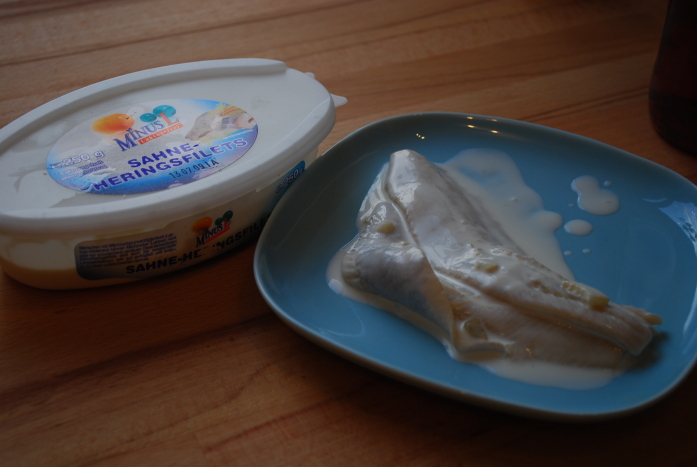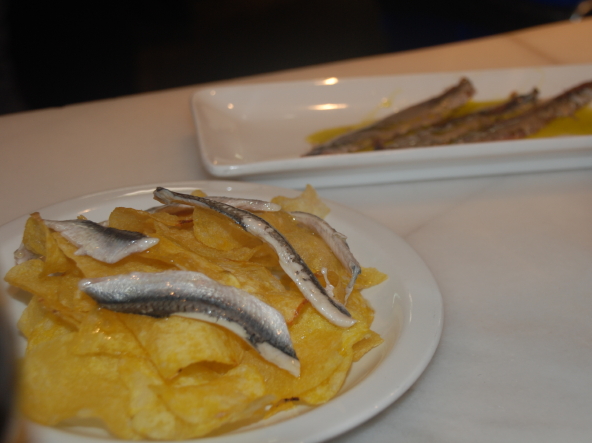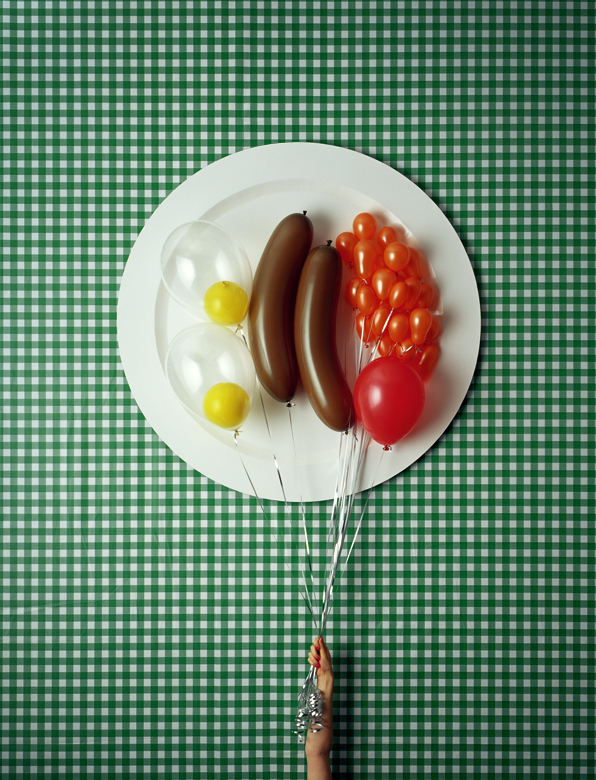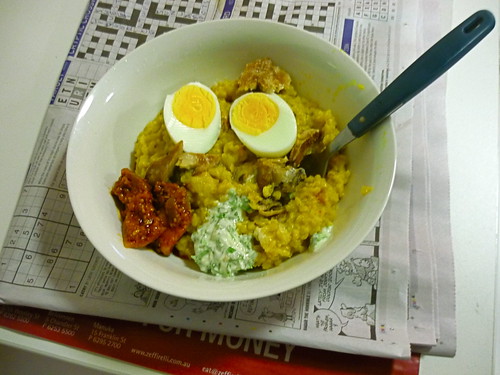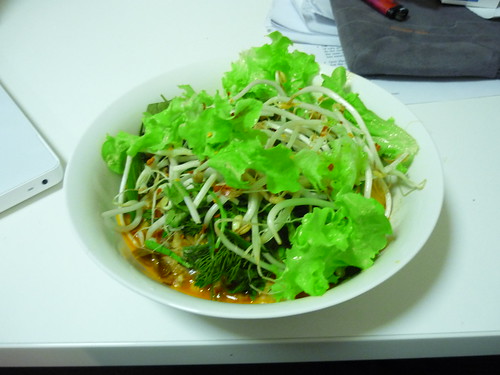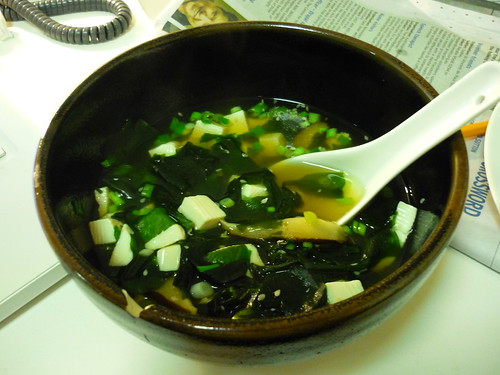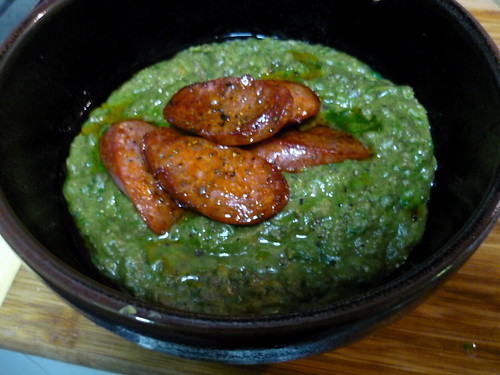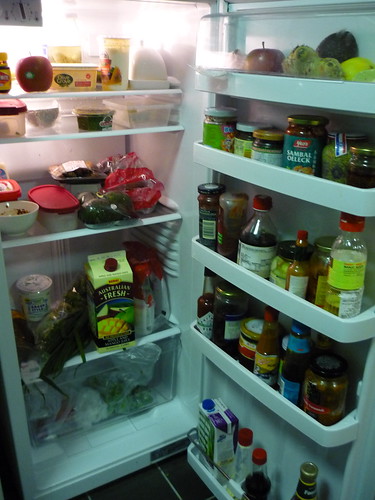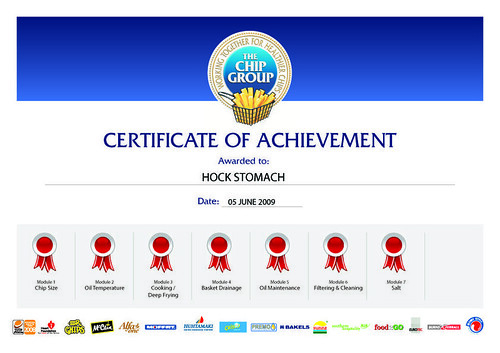History of The Daily Grind
Sunday, 28 June 2009 by Hasselhoff'd


Coffee is the lifeblood of our morning ritual. Many of us think it nigh on impossible to start the day without imbibing this bitter dark liquid. It’s no wonder then that coffee has become the world’s most legally-traded commodity after oil, another dark liquid, yet decidedly less delicious. Today we have a variety of ways of consuming coffee, more than a dozen different preparations; the most respected being the espresso. It was said that the coffee bean was discovered in the highlands of Ethiopia somewhere in the 9th Century. First eaten by domesticated donkeys, the unroasted green beans bestowed a powerful stimulating affect upon these beasts of burden, then able to stave off fatigue for extended durations.
It wasn’t long until people discovered that roasting the bean created a marked improvement in the flavour and colour, leading to a rapid growth in consumption and trade of the bean. Coffee began to play an important role in many societies, for instance in Africa and Yemen it was used in religious ceremonies; as a result the Ethiopian Church banned its consumption for many years. Then from its beginning in the Muslim world, coffee found its way to Italy, with the first European coffee house opening in Italy in 1645. The Arabs had tried to secure their monopoly on coffee by prohibiting the exportation of plants or unroasted seeds. In 1616 however, the Dutchman Pieter van den Broeck was able to smuggle seedlings from Aden into Europe, thereby opening up the market to the world, with vast plantations being cultivated in Java and Ceylon with the efforts of the British East India Company, coffee became popular throughout the British Colonial Empire.
There are many different gadgets that have been created over the centuries to extract the flavour and caffeine from the coffee bean. The first being the Turkish ibrik popping up around the 13th Century, involving the repetitive boiling of coffee grinds in water, to deliver the super-strong and rather bitter acid tang we associate with Turkish coffee. Centuries of scientific advancement to produce a machine, able to produce a coffee of minimal bitterness and extract the most desirable and flavoursome component of coffee – the crema. The espresso machine was invented by Gaggia of Italy in 1947, its key improvement over earlier machines, was a spring-loaded piston which enabled hot water to be pressurised to nine atmospheres – one atmosphere is the air pressure we feel on our bodies at sea level. When ground roasted coffee gets friendly with high-pressure hot water, a sublime thick liquid is extracted, the consistency of oil and powerfully aromatic, this crema is the most flavoursome part of the espresso and requires utmost care to ensure it is not bitter or acidic. This is why in many countries around the world and increasingly more in the cosmopolitan centres of India, people search out for the best coffee shops in town, where well-trained baristas toil over achieving perfection in a cup. This is rarely found in the larger chain cafes and one must venture to the boutique independent outlets to find this. The top cafes will usually have their own brand of roasted coffee, which will rarely be more than a week old. In comparison to major brands such as Lavazza or Illy, which will in many instances have been roasted four to six months prior to finally making it passed your lips! You only need to think of how enticing freshly baked bread is, to realise the difference time can make and how packing coffee in an airtight container will not preserve the intense aroma of freshly roasted beans. Which leads us to the other component of any good coffee, espresso or otherwise – the bean itself.
The coffee bean comes to us as two major species, Coffea canephora (Robusta) and Coffea arabica. Robusta plants are easier to grow and maintain so is cheaper to produce, it has less flavour than Arabica but twice the caffeine. Because of this it finds its way into instant coffee and cheaper coffee blends. With regards to the Arabica, there are two factors - where it’s grown and under what conditions that directly influence its aroma and taste. Think of the world of wine with reference to growing coffee. Whilst wine is grown in more temperate climates of the world, coffee thrives in the tropics, Ethiopian Arabica is known for is complex fruity flavour, Jamaican Blue Mountain Arabica for its mild flavour and lack of bitterness and the most popular for premium espresso blends - Columbian Arabica, is known for its heavy body and intense acidity when freshly roasted. In analogy to French Sauvignon Blanc wine that typically tastes floral and perfumed, with New Zealand Sauvignon Blanc tending to exhibit traits of tropical fruits and fresh grass. Where it is grown and under what conditions, make all the difference. It is because of these factors, that many small coffee plantations are now returning to methods such as shade-grown or organically cultivated coffee beans, realising that coffee aficionados will pay the extra price for this gourmet coffee.
The hope is that someday - hopefully soon, you’ll enter a café in Singapore or Shanghai and have your senses saturated with the alluring aroma of roasting coffee. As you walkthrough you’ll hear the sound of the beans churning with cool air to arrest the hot beans and will be greeted a by knowledgeable roaster and barista who can guide you through the perfect blend of Columbian and Cuban shade-grown Arabica and should you prefer to drink it in-house, have it ground and extracted to perfection, the crema so thick it hangs from the spout like thick oil and is presented in your cup with a deep sheen, tasting nutty and rich, with nothing more than a slight hint of bitterness.
So next time your poured a cup of coffee by a charming member of your Cathay Pacific or Singapore flight crew, spare a thought for that weary little donkey in the highlands of Ethiopia and the centuries of religious, political and scientific upheaval that have transpired to produce perfection in a cup.
